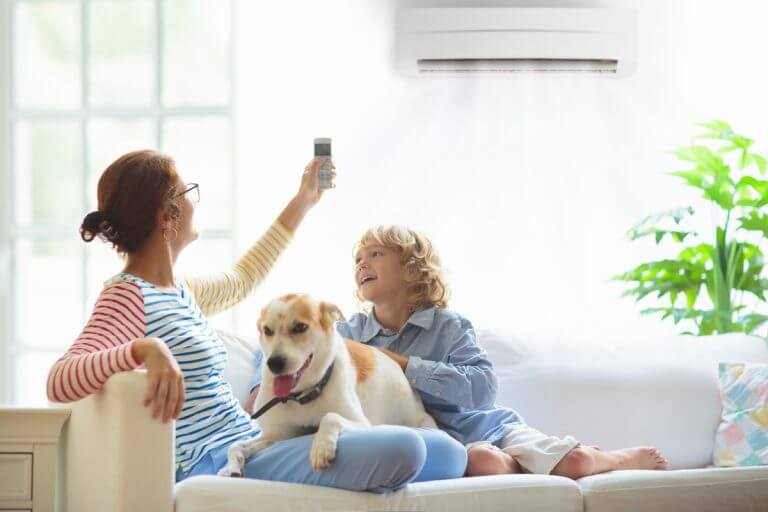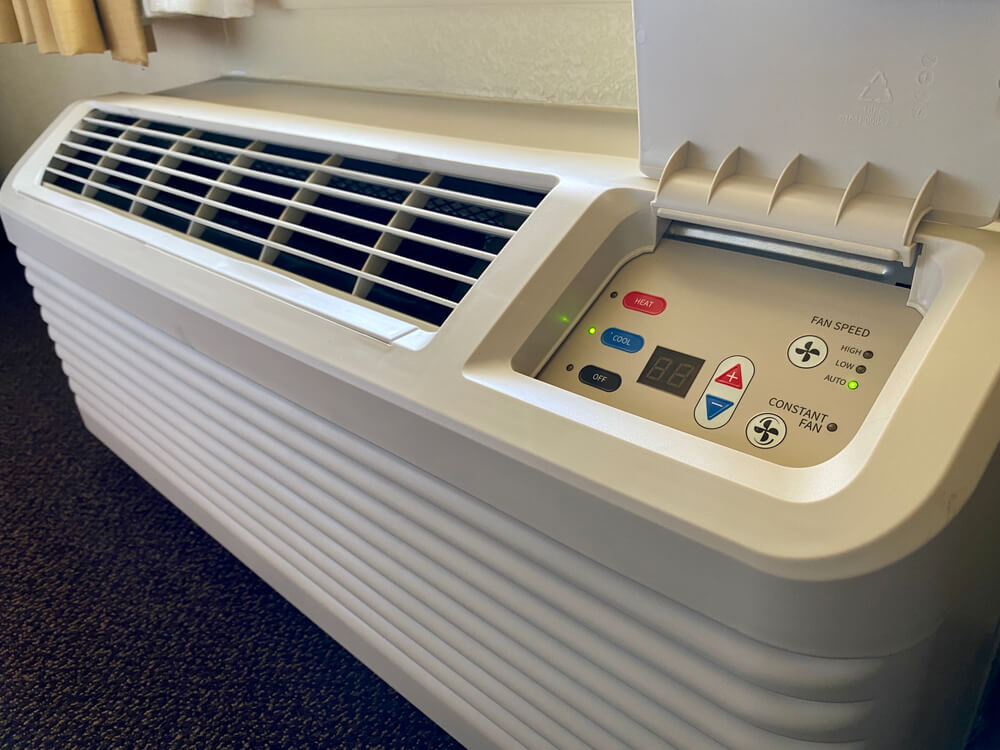
Air conditioning has transformed from a novel invention to an essential component of comfortable living, shaping environments, and enabling populations to thrive in climates previously deemed challenging.
The journey of air conditioning technology, from its nascent stages to the advanced systems we rely on today, reflects not only human ingenuity but also our evolving relationship with the environment and technology.
This exploration delves into the historical progression of room air conditioning, highlighting pivotal innovations and forecasting future trends in modern climate control.
Early Innovations in Air Conditioning
The inception of air conditioning technology dates back to the early 20th century, marking a revolutionary step towards controlled indoor climates. Initially designed for industrial applications, such as improving manufacturing processes and preserving perishable goods, air conditioning quickly demonstrated its potential for enhancing human comfort.
Inventors like Willis Carrier paved the way, introducing mechanical air conditioning systems that laid the foundation for today’s sophisticated units. These early systems were cumbersome and expensive, limiting their use to theaters, commercial establishments, and the homes of the wealthy.
As technology advanced, so did the application and accessibility of air conditioning. The development of compact, efficient, and affordable systems in the mid-20th century facilitated the widespread adoption of air conditioning in residential settings. This period witnessed a significant shift in societal norms and expectations regarding indoor comfort, forever changing how we design and inhabit our spaces.
The Rise of Residential Air Conditioning

The proliferation of air conditioning in residential spaces during the latter half of the 20th century marked a turning point in architectural design and urban development.
Air conditioning became a staple of modern living, influencing everything from the design of homes and buildings to population growth in hotter climates. The ability to maintain cool, comfortable indoor environments regardless of external temperatures contributed to the rapid expansion of cities in warm regions and reshaped the way people live and work.
This era saw air conditioning evolve from a luxury item to an essential feature of homes and offices. Its impact on lifestyle and productivity underscored the importance of accessible and efficient climate control solutions.
As air conditioning units became more common, manufacturers focused on making them more energy-efficient and user-friendly, catering to the growing demand for sustainable and convenient cooling options.
Technological Advancements and Efficiency
Technological innovations have played a crucial role in improving the efficiency, affordability, and environmental impact of air conditioning systems.
Developments such as variable speed compressors, advanced refrigerants, and programmable thermostats have enhanced the performance of air conditioners while reducing their energy consumption and environmental footprint. These advancements reflect the industry’s response to growing environmental concerns and the global push towards sustainability.
Efficiency has become a central focus, with manufacturers and consumers alike seeking solutions that offer optimal cooling without excessive energy use.
The push for greener technology has led to the introduction of units that utilize renewable energy sources and materials with lower environmental impacts. These efforts not only contribute to reducing the carbon footprint of air conditioning but also align with broader goals of energy conservation and climate change mitigation.
PTAC Units: A Game Changer in Room Air Conditioning

Among the innovations in room air conditioning, Packaged Terminal Air Conditioner (PTAC) Units stand out for their unique combination of efficiency, versatility, and convenience.
PTAC Units have revolutionized climate control in settings ranging from hotels to residential apartments, offering a self-contained system that provides heating and cooling from a single unit. The evolution of PTAC technology over the years has seen significant improvements in energy efficiency, user control, and integration with smart building systems.
PTAC Units offer several advantages, including easy installation, compact design, and the ability to control the climate in individual rooms independently. This has made PTAC Units particularly popular in commercial settings, where tailored temperature control is essential for guest comfort and operational efficiency.
Moreover, advancements in PTAC design have enhanced their appeal for residential use, providing homeowners with a flexible and effective solution for room-specific climate control.
The Future of Room Air Conditioning
As we gaze into the horizon of room air conditioning, the sector is on the cusp of significant changes, shaped by technological advancements, a strong drive towards environmental sustainability, and the growing demand for smarter, seamlessly integrated systems.
Innovations on the rise, including geothermal cooling, phase change materials, and IoT-enabled devices, are set to revolutionize climate control strategies. These advancements herald a new era of efficiency, diminished environmental impact, and improved user experiences, aligning with the evolving expectations of consumers.
The integration of smart technology is becoming increasingly central to the future of air conditioning. Systems that are more interconnected and intelligent will play a crucial role, utilizing AI and machine learning to predict user preferences, automate adjustments, and fine-tune energy consumption for unparalleled efficiency.
This shift towards intelligent systems underscores a broader movement towards sustainability, encouraging the development of air conditioning solutions that utilize renewable energy sources, thereby reducing the carbon footprint associated with cooling our environments.
Moreover, refurbished PTAC Units are a testament to the industry’s commitment to sustainability and affordability.
These units, having been restored to their optimal condition, offer a cost-effective and eco-friendly option for climate control, without compromising on performance. The evolution of room air conditioning technology, from its mechanical origins to the present-day prowess of sophisticated and refurbished PTAC Units, reflects a remarkable trajectory of innovation and adaptability.
The ongoing quest for solutions that harmonize comfort with sustainability continues to shape the narrative of air conditioning technology. The future is set to unveil even more advanced systems, further refining our living spaces into bastions of comfort, efficiency, and environmental stewardship.
David Harrison
Related posts
Stay connected
- How LoveOn Chat Is Becoming the Most Versatile AI Companion for Digital UsersThe internet keeps shifting toward hyper-personal interaction, and AI companions are at the center of this shift. What used to be simple chatbots are now evolving into emotionally aware, adaptive, and multi-functional digital partners. Among the new generation of platforms, LoveOn Chat is becoming one... The post How LoveOn Chat Is Becoming the Most Versatile […]
